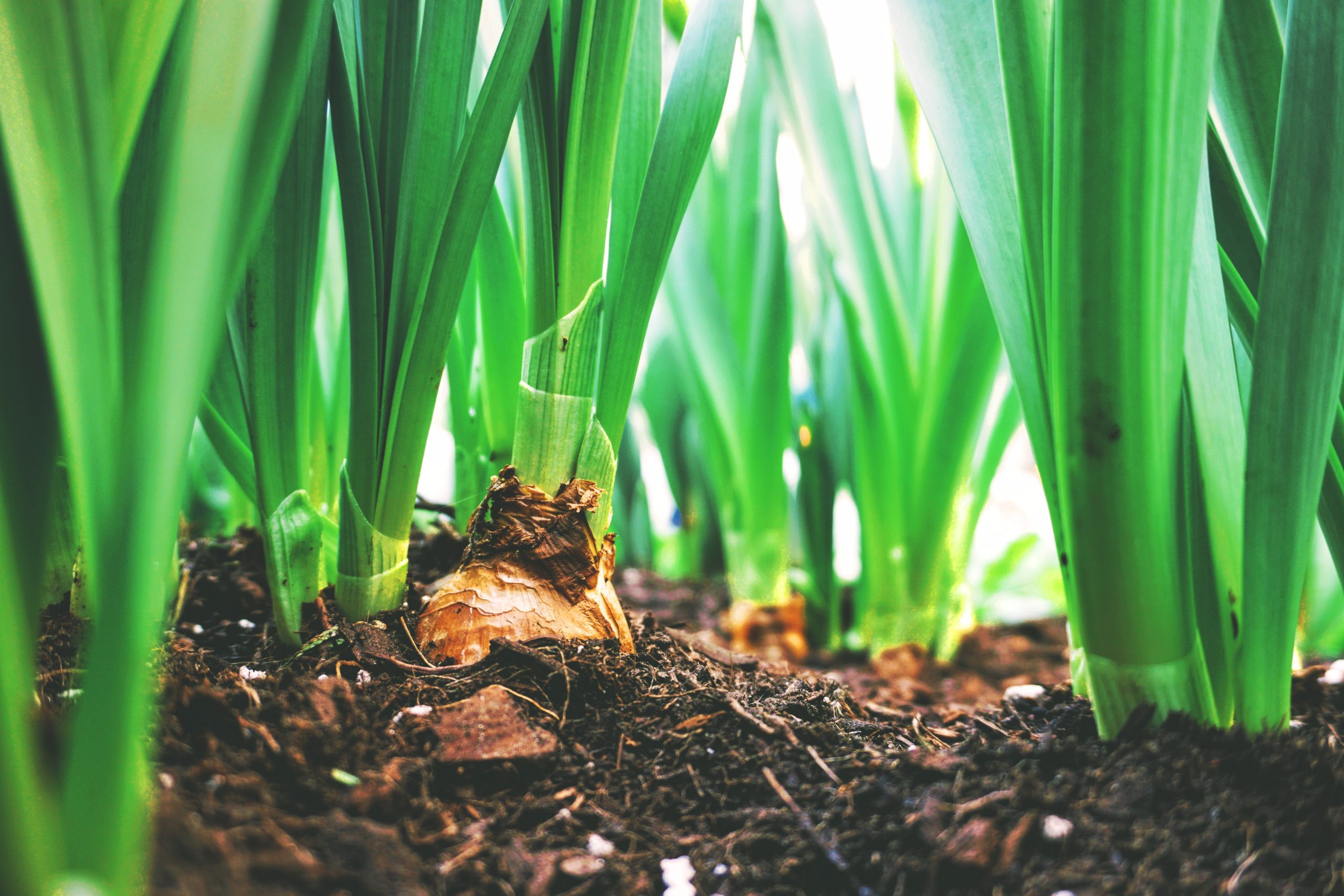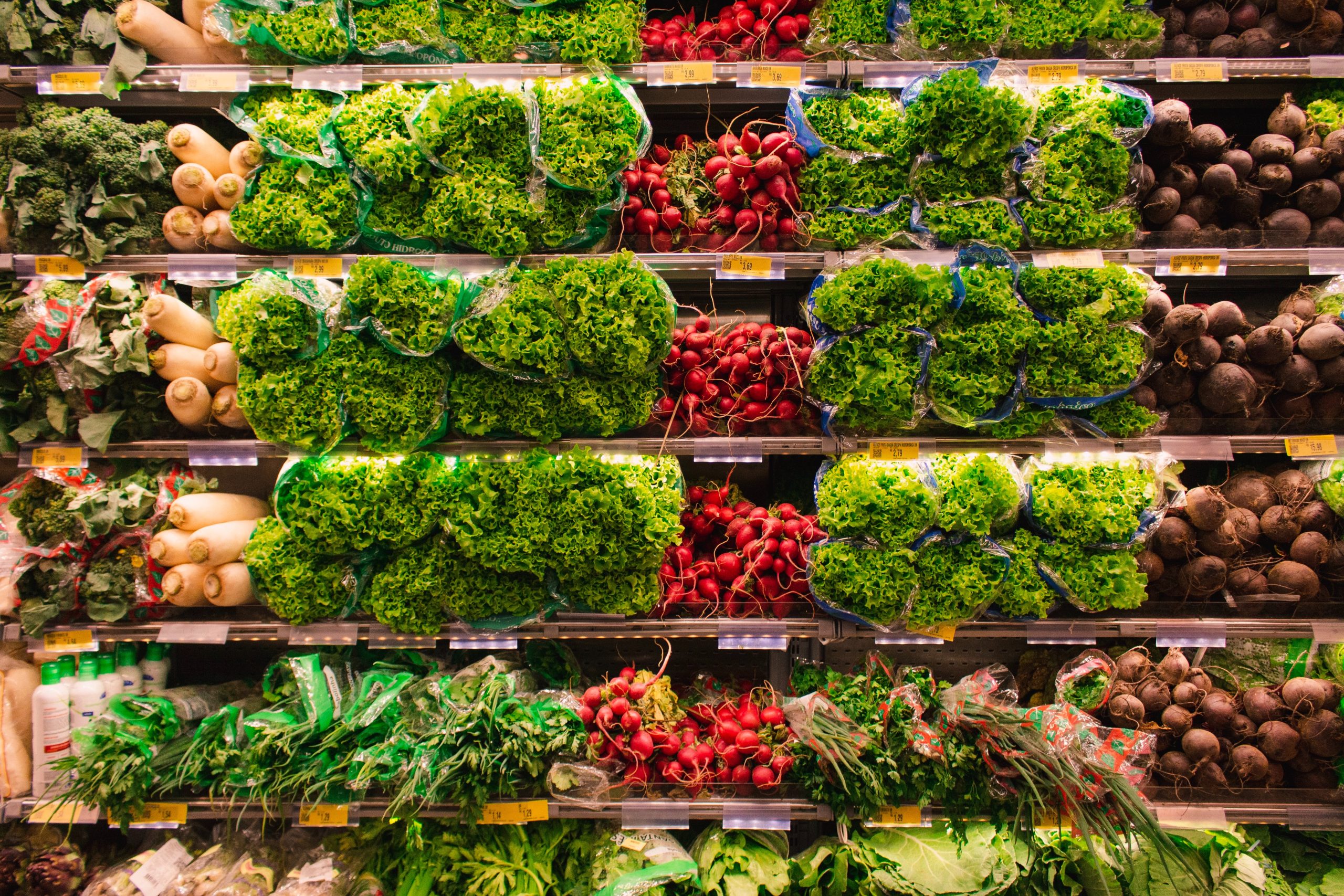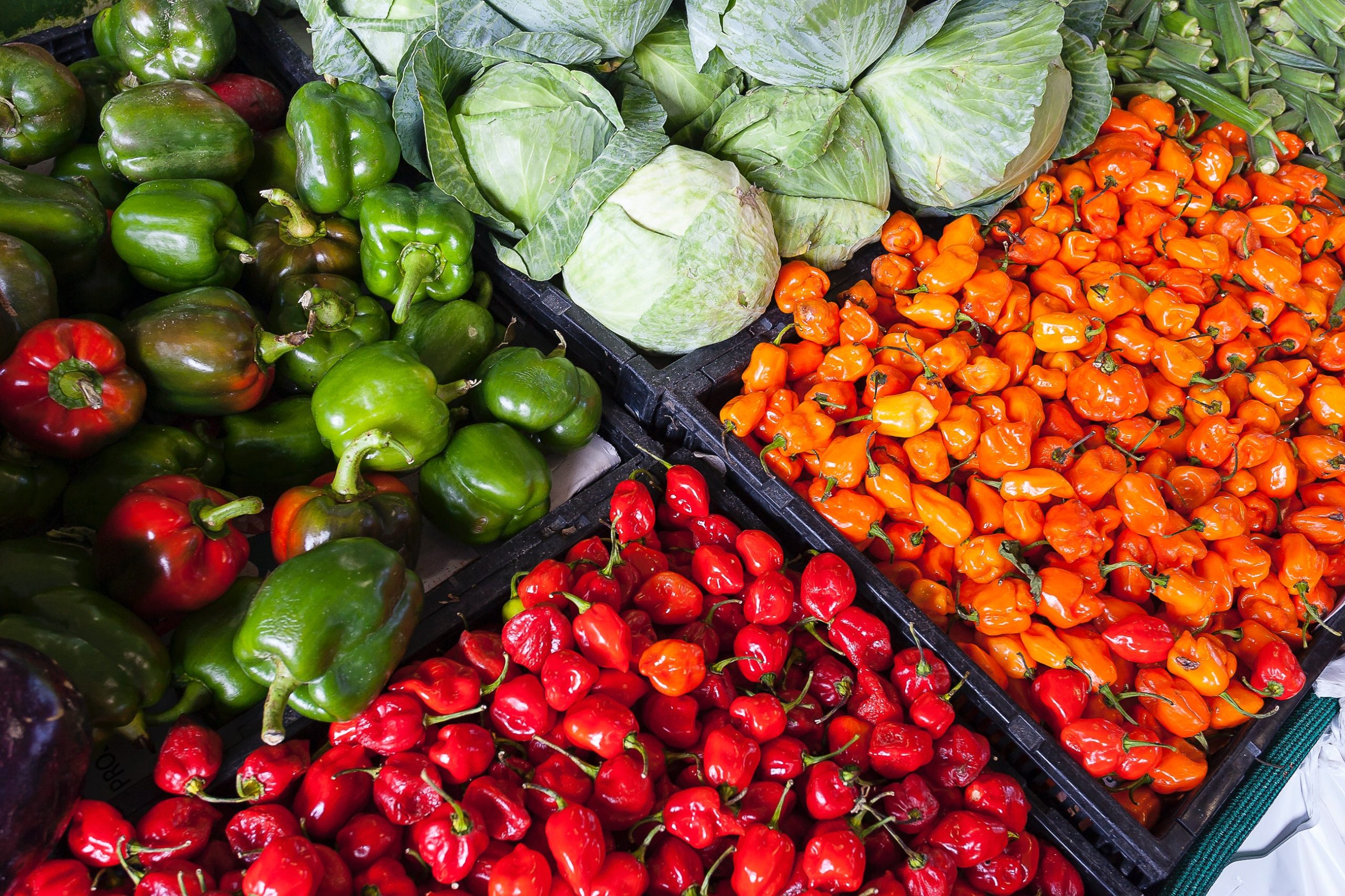Production agriculture has come a long way since its humble beginnings of crop cultivation and livestock raising. Modern innovations like precision farming and controlled environment agriculture have undergone significant transformations. Its role in feeding the world’s population, promoting economic growth, and safeguarding our natural resources is vital. Do you find the world of agriculture fascinating? Have you ever thought about the impact of production agriculture on our lives? Production agriculture refers to the practices, techniques, and systems used in producing various agricultural commodities on a large scale. This article explores the intricacies of production agriculture, its definition, key components, sustainable practices, and significance in the modern world.
What is Production Agriculture?
The large-scale cultivation, management, and processing of agricultural goods for commerce is known as production or commercial agriculture. It involves using cutting-edge technology, technology, and scientific knowledge to boost yields, maximize resource efficiency, and satisfy market demands.
Agriculture encompasses a variety of industries, including crop production, animal farming, poultry production, aquaculture, and horticulture. These industries produce goods effectively and sustainably using cutting-edge techniques, including mechanization, irrigation, genetic engineering, and precision farming.
Components of Production Agriculture

Crop Production
Crop production forms the foundation of production agriculture. Farming on a large scale involves growing crops like grains, fruits, vegetables, and oilseeds. Farmers use seed selection, planting, irrigation, fertilization, pest control, and harvesting methods to ensure the best crop growth and productivity.
Livestock farming is a crucial aspect of agricultural production that involves raising and breeding animals for meat, dairy, and other products. This sector requires attentive animal care management, optimal feed and nutrition, disease control, and animal welfare assurance.
Poultry Production
Poultry production involves raising chickens, turkeys, ducks, and other birds for meat and eggs. This involves breeding, brooding, feeding, preventing diseases, and managing egg-laying or meat production cycles. Poultry production is a highly efficient and productive sector of production agriculture.
Aquaculture
Aquaculture is the controlled cultivation of aquatic organisms such as fish, crustaceans, and mollusks. This industry utilizes expertise in marine biology, water quality management, feeding methods, and breeding techniques to achieve sustainable and profitable production.
Horticulture
Horticulture encompasses cultivating fruits, vegetables, flowers, and ornamental plants. It includes greenhouse cultivation, plant propagation, pest management, and post-harvest handling techniques. Horticultural products are essential for human consumption, landscaping, and the floral industry.
Sustainable Practices in Production Agriculture
As the world faces environmental challenges and strives for sustainable development, production agriculture has adopted various practices to minimize its environmental impact and ensure long-term viability. These sustainable practices include:
Conservation Agriculture
Conservation agriculture aims to preserve soil health, minimize erosion, and reduce the need for chemical inputs. It involves minimum tillage, crop rotation, cover cropping, and organic fertilizers. Conservation agriculture helps maintain soil structure, fertility, and biodiversity while improving water retention and reducing greenhouse gas emissions.
Precision Farming
Precision farming utilizes advanced technology, including GPS, remote sensing, and data analysis, to maximize resource utilization and improve productivity. With real-time information on crop requirements, farmers can accurately apply fertilizers, water, and other inputs, reducing waste, improving efficiency, and minimizing environmental impact.
Integrated Pest Management (IPM)
Integrated Pest Management focuses on controlling pests and diseases through a holistic approach. It combines various techniques, including biological control, crop rotation, resistant crop varieties, and targeted pesticide use. By reducing reliance on chemical pesticides, IPM promotes natural pest control, protects beneficial organisms, and minimizes environmental contamination.
Agroforestry
Agroforestry is a method of incorporating trees and shrubs into agricultural systems to improve productivity and sustainability. It offers several advantages, including soil preservation, better microclimates, carbon sequestration, and increased income streams. Agroforestry systems promote biodiversity and offer ecological stability while supporting agricultural production.
Importance of Production Agriculture

Food Security
The foundation of global food security is production agriculture. It involves using efficient practices, technology, and improved crop varieties to produce enough food to meet the nutritional needs of the growing population. This helps ensure a stable and dependable food supply.
Economic Growth
Production agriculture significantly contributes to the economy, particularly in rural areas. It provides employment opportunities, generates farmer income, supports downstream industries, and stimulates economic growth. Furthermore, agricultural exports contribute to a country’s foreign exchange earnings, bolstering its overall economic stability.
Rural Development
Production agriculture plays a crucial role in rural development. It supports livelihoods, improves infrastructure, and fosters community development in agricultural regions. By creating employment opportunities and enhancing living standards, production agriculture helps to reduce poverty and inequality.
Environmental Stewardship
Sustainable production agriculture practices are essential for environmental stewardship. Production agriculture reduces its ecological footprint by implementing conservation measures, minimizing resource use, and protecting biodiversity. This proactive approach ensures the long-term health of ecosystems, soil fertility, and water resources.
Technological Advancement
Production agriculture thrives on innovation and technological advancements. The sector continuously adopts new technologies, machinery, and scientific knowledge to improve efficiency, reduce waste, and enhance productivity. These advancements drive research and development, benefiting agriculture and other industries that rely on agricultural products.
Conclusion
Production agriculture is a vital industry that balances economic, social, and environmental concerns while feeding the world’s expanding population. Production agriculture can meet demand using sustainable techniques, technological breakthroughs, and prudent resource management. A successful and sustainable future for agriculture and the world can be achieved through comprehending its complexities and encouraging its development. Therefore, let’s be grateful for production agriculture’s efforts and work toward a food system that is more robust and sustainable.
FAQs about Production Agriculture
Q: What difficulties does producing agriculture face?
Production agriculture faces several difficulties, including labor shortages, market volatility, pests and diseases, water scarcity, and climate change. To properly address these issues, creative and sustainable techniques must be adopted.
Q: What role does industrial agriculture have in climate change?
Production agriculture aggravates the environment through soil erosion, greenhouse gas emissions, and deforestation. However, sustainable techniques like conservation agriculture and agroforestry can lessen these effects by storing carbon, lowering emissions, and protecting natural resources.
Q: Is organic farming part of production agriculture?
Yes, organic farming is a subset of production agriculture. Organic farming practices focus on minimizing synthetic inputs, preserving soil health, and promoting biodiversity. Organic products have gained popularity due to their perceived health and environmental benefits.
Q: How does technology impact production agriculture?
Technology is pivotal in production agriculture, enabling precision farming, automation, data analytics, and genetic engineering. These technological advancements improve productivity, resource efficiency, and the overall sustainability of agricultural systems.
Q: What is the future of production agriculture?
The future of production agriculture lies in integrating sustainable practices, technological advancements, and adopting climate-smart solutions. Vertical farming, robotics, genetic engineering, and digital agriculture are emerging trends shaping the future of production agriculture.
Q: How can consumers support production agriculture?
Consumers can support production agriculture by choosing sustainably produced and locally sourced food products. Consumers can contribute to a more sustainable and resilient food system by understanding their food choices’ environmental and social impacts.

